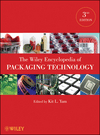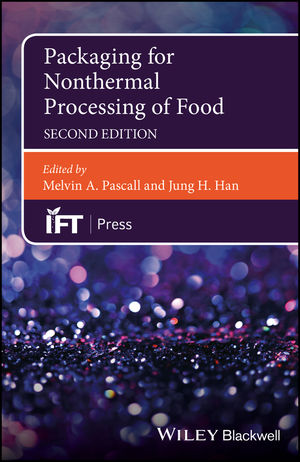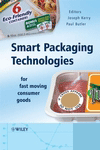Packaging Perspectives Podcast
PODCAST | The Evolution of Molded Fiber Packaging

Image Source: DebbiSmirnoff / E+ and carduus / DigitalVision Vectors via Getty Images
Molded fiber packaging has been around for decades, but in its early forms, it required fluorinated chemistry, or PFAS, to achieve oil and grease resistance—particularly for foodservice applications.
Of course, the packaging industry is now moving away from PFAS, with some brands even establishing their own PFAS-free packaging commitments ahead of regulations coming down the pike. However, this has put the industry at a bit of a crossroads – how do you maintain packaging performance without PFAS?
To discuss this, we recently sat down with two experts from Solenis – Bill Kuecker, Senior Director, Global Strategic Marketing, and Emily Parsons, Product Launch Engineer, Barriers & Molded Fiber.
Parsons points out some key aspects of paper packaging that tie into Solenis’ solutions. What many people don’t know is that paper is about 99% water and 1% solids (tree fibers or other natural fibers). The advantage of PFAS was that they could be added on the wet end.
It turns out that the fibers used in paper are naturally anionic (negative). A lot of the chemicals that Solenis adds to paper are cationic (positive). These chemicals bond to the fibers and create a barrier.
“What PFAS does is change the surface of the article by being added internally, which is why it persists in our environment and causes human health issues,” Parsons said. “What our technology does is – although it’s added in the wet end – instead of changing the surface energy, it actually creates a physical barrier.”
That is, it slows the penetration of oil through the article to “make sure that the oil doesn’t end up on our clothes or on our car seats or anywhere else we don’t want it.”
Kuecker notes that the successful transition to sustainable packaging requires collaboration across the supply chain. Collaboration within an individual company is important as well.
That involves, say, packaging manufacturers or foodservice brands “making sure that all of their stakeholders, their Quality Assurance, their sustainability teams, their operational teams are all aligned on their needs prior to project kickoff,” Kuecker said.
You can check out the Audio Podcast HERE:
Looking for a reprint of this article?
From high-res PDFs to custom plaques, order your copy today!









